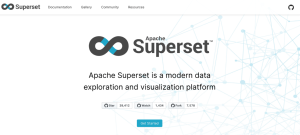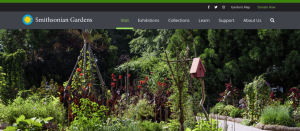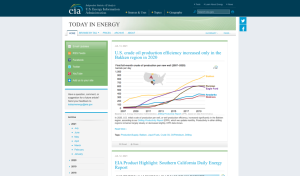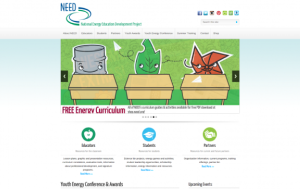 |
July 30, 2021 Volume 27, Number 30 |
General Interest |
Theme: Renewable Energy |
Revisited |
In the News |
General InterestBack to Top | |
 |
|
 |
|
 |
|
 |
|
 |
|
Theme: Renewable EnergyBack to Top | |
 |
|
 |
|
 |
|
 |
|
 |
|
RevisitedBack to Top | |
 |
|
In the NewsBack to Top | |
Fitbit Data Reveal Long-Term Effects of COVID-19 | |
|
Fitbits Detect Lasting Changes After COVID-19 https://us.newschant.com/health/fitbits-detect-lasting-changes-after-covid-19/ Fitbit Data Points to Lingering Physical Changes for Some COVID-19 Sufferers https://gizmodo.com/fitbit-data-points-to-lingering-physical-changes-for-so-1847247248 Assessment of Prolonged Physiological and Behavioral Changes Associated With COVID-19 Infection https://jamanetwork.com/journals/jamanetworkopen/fullarticle/2781687 The next step for wearables could be illness 'warning lights' https://www.theverge.com/2021/6/15/22535204/apple-watch-fitbit-oura-wearables-illness-prediction The Cruel Reality of Long COVID-19 https://www.nytimes.com/2021/03/22/podcasts/the-daily/covid-psychosis-mental.html Can a Wearable Detect COVID-19 Before Symptoms Appear? https://detect.scripps.edu/ Data from Fitbit fitness trackers point to COVID-19 symptoms lasting for two to three months or longer, according to new research. The data come from a March 2020 study called DETECT that looked at whether Fitbit devices could identify COVID-19 in individuals. In a new paper, published in July 2021, researchers looked at Fitbit data from 875 DETECT study participants with respiratory symptoms, 234 of whom tested positive for COVID-19. Importantly, the study used both confirmed COVID-19 cases and those who were sick for other reasons in order to identify phenomena unique to COVID-19. Researchers found that those with COVID-19 experienced an elevated heart rate for an average of 79 days, compared to 4 days for participants with other illnesses. The longest effects occurred in 13.7% of COVID-19 cases, where it took about 4 and a half months for patients' heart rates to return to baseline. In addition, the data show that people slept less and were less physically active (measured by step count) than before having COVID-19. It took an average of 24 days for sleep quantity and 32 days for physical activity levels to return to normal. These data shed light on "long COVID," a collection of symptoms such as fatigue, "brain fog," shortness of breath, chest pain, melancholy, and headache that persist after typical COVID-19 symptoms have passed. The causes of "long COVID" are not yet known. The study also represents new progress in the use of wearable tech for health monitoring, especially for long-term symptoms. In the first link, an article from NewsChant summarizes the methodology, main findings, and implications of the paper as well as plans for continued research into "long COVID." In the second link, Ed Cara of Gizmodo considers the symptoms and possible causes of "long COVID" and how data from wearable tech will gain importance in studying long-term health problems. Readers will find the full paper in the third link, published in the journal JAMA Network Open by Jennifer M. Radin, Giorgio Quer, Edward Ramos, and other authors. A story from The Verge in the fourth link looks at the opportunities and challenges of using wearable tech to detect illnesses such as the flu, Lyme disease, and Crohn's disease, as well as COVID-19, on both the individual and community level. Readers can learn more about "long COVID" in a 30-minute episode of The Daily podcast from The New York Times in the fifth link (there is an audio version and a written transcript). Finally, readers who wish to use their smartwatch or fitness tracker to help with future COVID-19 health studies should click the sixth link to join the DETECT study using the MyDataHelps app. [HCL] | |





